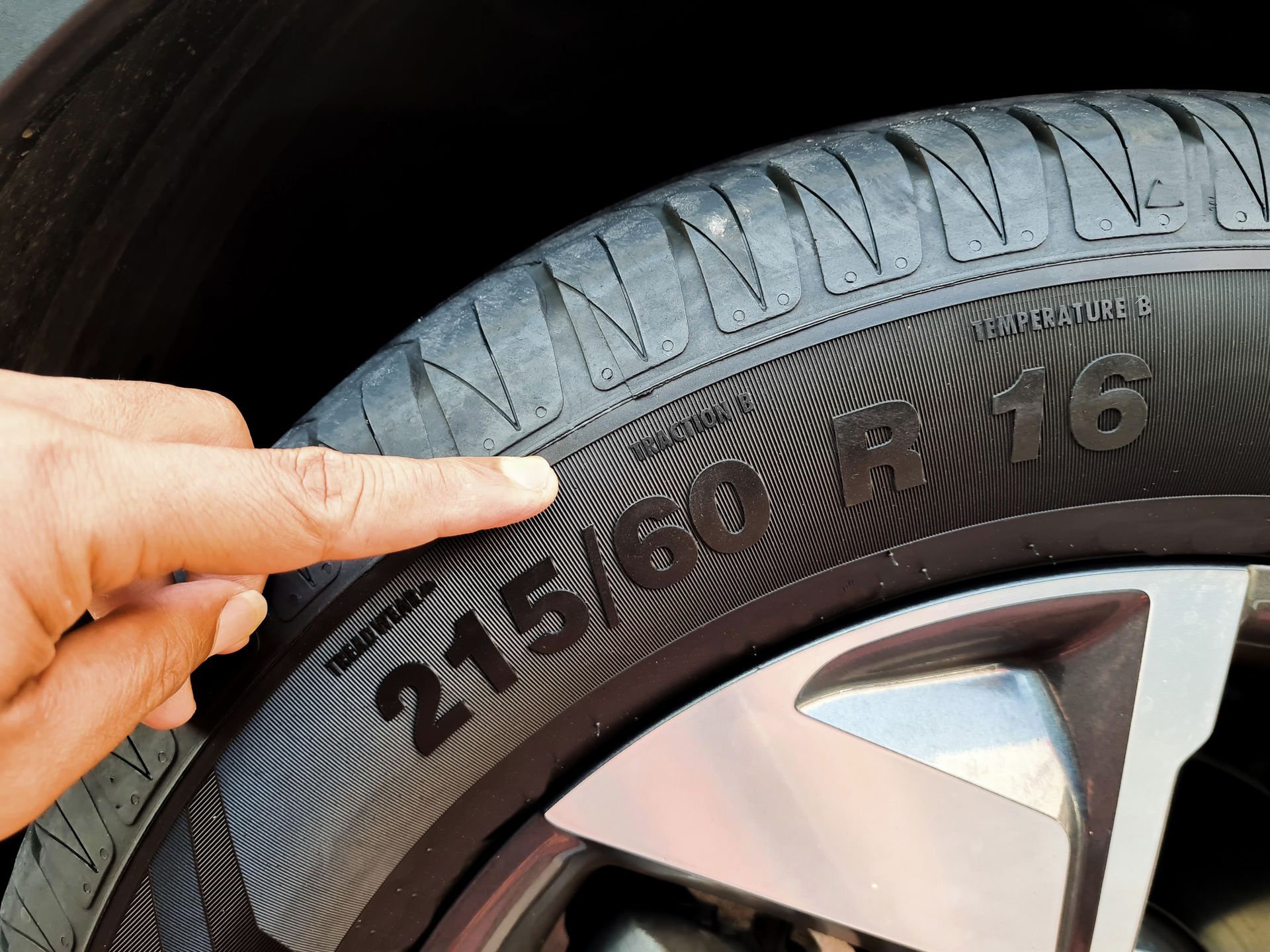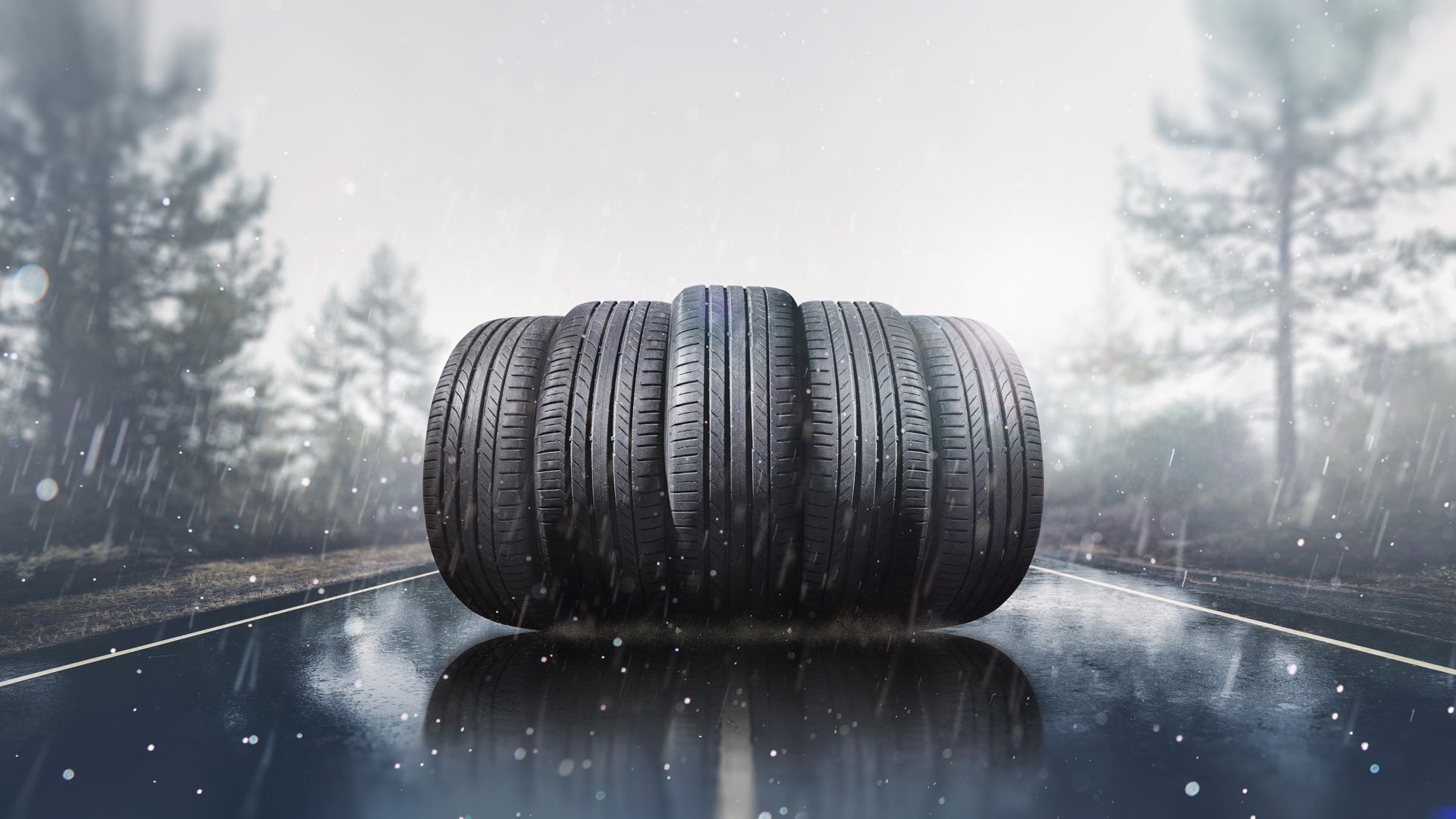Loading ...
Missing business hours data / Error occurred while getting the data.
Loading ...
Missing business hours data / Error occurred while getting the data.
Our Jacksonville Locations:
Loading ...
Missing business hours data / Error occurred while getting the data.
Loading ...
Missing business hours data / Error occurred while getting the data.
Can a Punctured Tire Be Repaired Safely?
October 28, 2024
A punctured tire is one of those situations that most drivers will face at some point. While the inconvenience of a flat tire is enough to ruin your day, understanding when and how a tire can be safely repaired can save you time and money. We'll explain the factors determining whether a punctured tire can be safely fixed and what you should consider before returning to the road.
How Serious Is the Puncture
The size, location, and cause of the puncture play a significant role in whether the tire can be safely repaired. Typically, a small puncture—like one caused by a nail or screw—can often be repaired without issue. However, if the hole is larger than a quarter-inch in diameter or if the tire has sustained damage from sharp objects like glass or metal, the tire's integrity may be compromised beyond repair.
One of the most important factors is the location of the puncture. If the damage is confined to the tread area, the part of the tire that makes direct contact with the road, there’s a good chance it can be fixed. On the other hand, if the puncture is in the sidewall or shoulder of the tire, it’s a much more serious problem. The sidewall is responsible for supporting the vehicle's weight, and damage here can lead to a blowout, which is extremely dangerous. In cases like these, tire replacement is the safer option.
Types of Tire Repairs
There are two main methods to repair a punctured tire: patching and plugging. Both methods can be effective, but each has its own advantages depending on the situation.
Plugging
This is the faster and simpler of the two options. A plug is inserted into the hole to seal it from the inside, preventing air from escaping. This method works well for small punctures that are located in the tread area and are generally less than a quarter-inch in size. However, plugs are not recommended for larger holes or punctures that are too close to the sidewall.
Patching
A patch repair involves removing the tire from the wheel and applying a patch to the inside of the tire where the puncture occurred. This method is more thorough and offers better long-term protection. Patches are often combined with plugs for a more durable fix.
In either case, it’s important to have a qualified technician perform the repair. An improperly patched or plugged tire can lead to bigger problems down the road, including sudden tire failure.
When Should You Replace Instead of Repair
While many tire punctures can be repaired, there are some situations where replacement is the only safe option. Here are a few scenarios where you should replace the tire instead of repairing it:
Damage to the Sidewall
As mentioned earlier, punctures in the sidewall are not repairable. The sidewall flexes as you drive, and a patch or plug won’t be able to withstand that movement. Driving on a tire with a damaged sidewall is extremely risky and could result in a dangerous blowout.
Tread Depth
If the tread depth on your tire is already low, it’s probably not worth repairing the puncture. Tires with low tread are already more susceptible to slipping and skidding, and a patch or plug might not hold up under these conditions.
Multiple Punctures
If your tire has more than one puncture, especially if they are close together, it’s a sign that the tire’s integrity is compromised. Too many repairs in the same area can weaken the tire’s structure, and replacement is usually the safer choice.
Severe Tire Damage
If your tire has a large puncture, visible cords, or bulging areas, it’s beyond repair. This kind of damage compromises the entire structure of the tire, and attempting to repair it would be dangerous.
Ensuring a Safe Repair
A professional repair shop will follow strict guidelines when it comes to tire repairs. It’s important that the tire is inspected both inside and out to assess the extent of the damage. A technician will also ensure that the patch or plug is applied correctly to create an airtight seal.
For peace of mind, make sure that a warranty backs any repair. A good repair job should last for the remaining life of the tire as long as the repair is done under the proper conditions. If you’re unsure, always ask for a second opinion. Driving on a poorly repaired tire isn’t worth the risk to your safety or your vehicle.
How Long Will a Repaired Tire Last
When repaired correctly, a punctured tire can last just as long as a new tire. However, it’s essential to monitor the repaired tire over time. Regular tire inspections can help ensure that the repaired area is holding up, and you should always check the tire pressure to make sure there are no slow leaks. If you notice any unusual wear, vibrations, or a decrease in tire pressure, it may be time to have the tire re-inspected by a professional.
Got a flat tire? Don’t wait for it to become a bigger issue! Bring your vehicle to
Bargain Tires for a fast, safe tire repair or replacement. Call now for an appointment.
Our Locations
Loading ...
Missing business hours data / Error occurred while getting the data.
Loading ...
Missing business hours data / Error occurred while getting the data.
Our Locations:
Loading ...
Missing business hours data / Error occurred while getting the data.
Loading ...
Missing business hours data / Error occurred while getting the data.
Having trouble finding us?
Loading ...
Missing nap lines data / Error occured while getting the data.






